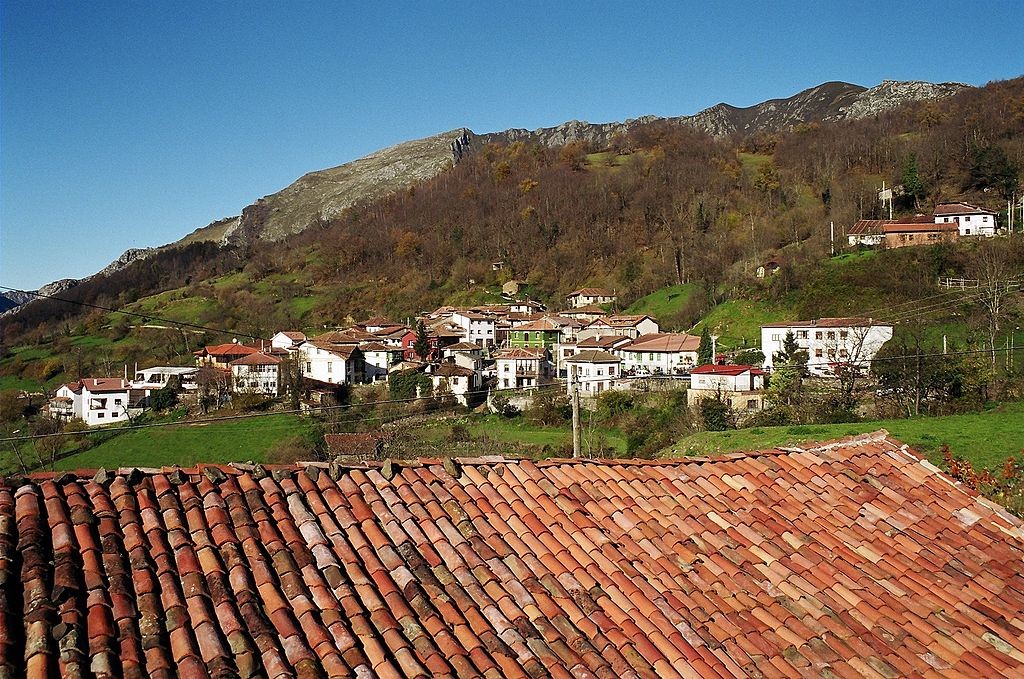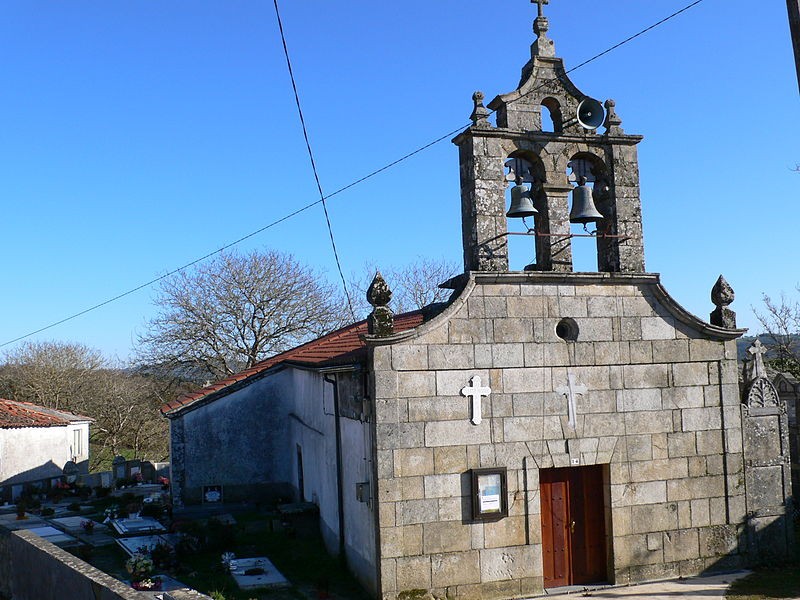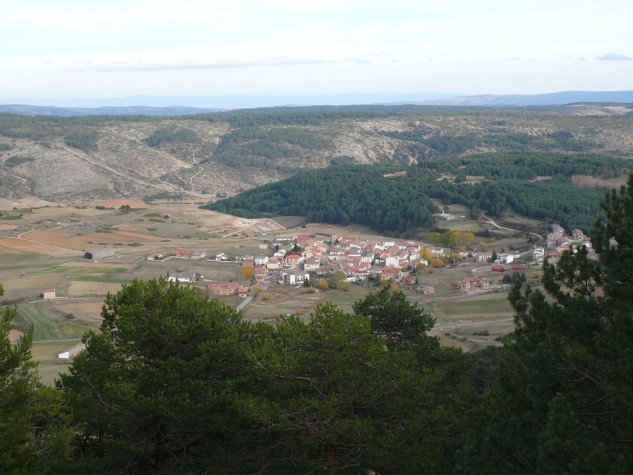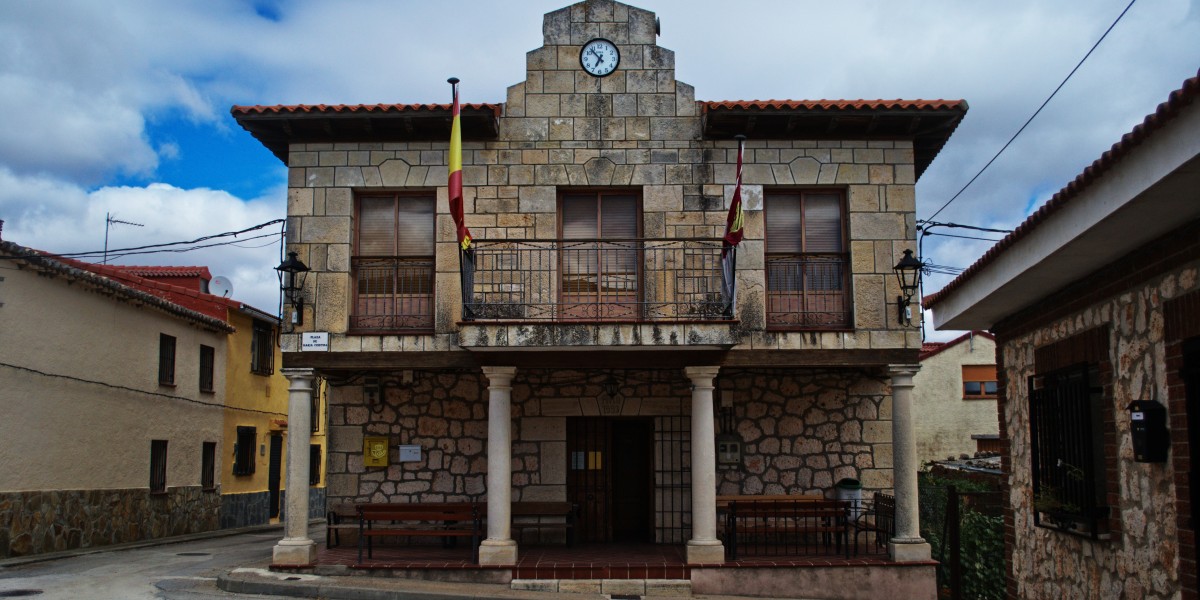
Imagine if you could get paid just for deciding to settle in a particular Spanish village. In some corners of Spain, it’s become a genuine offer. A steady trickle of locals towards the cities has left many rural areas nearly deserted. This has given rise to the sort of ghost towns you stumble across on a weekend hike. The lack of inhabitants means scarce resources, fewer services, and local councils now pulling out all the stops to tackle depopulation.
Several Spanish municipalities have rolled out tempting schemes offering cash grants, free land in Spain for new builds, or even a job if you move in. It’s an intriguing route for anyone searching for a different lifestyle and a real chance to get paid to move to Spain. It’s not usually a case of bagging abandoned villages in Spain for free, but you’ll still find some of the best places to live in rural Spain dangling tidy incentives to attract newcomers.
Ponga, Asturias

Ponga, located in the green hills of Asturias in northern Spain, has become something of a poster child for rural revival schemes. Like plenty of other small towns across the region, Ponga’s population has dipped over the decades as younger residents moved away in search of work and city life. To breathe new life into the community, the local council famously announced an incentive a few years back: couples who decide to settle in Ponga on a permanent basis could receive a €3,000 grant as a welcome. There was even an extra €3,000 on the table for every baby born in the village.
However, it’s important to note that reports of these incentives surface periodically, but the actual schemes can be patchy. As of 2024, there hasn’t been official word on new rounds of funding or open applications for these grants. Given that, anyone seriously considering a move should double-check with Ponga’s local council for the most up-to-date details and any current requirements or waiting lists.
Olmeda de la Cuesta, Cuenca

Tucked into the rolling hills of Cuenca, Olmeda de la Cuesta is often described as one of Spain’s oldest villages. To fight back against the slide towards becoming a ghost village, the local council has taken a bold step and put plots of land up for auction at temptingly low prices. For anyone searching for free land in Spain or simply dreaming of starting afresh in the countryside, this is certainly an eye-catcher.
Auction prices for these plots have ranged from as little as €200 to around €1,300 for parcels up to 205 m². The main rule is straightforward: anyone buying a plot has to build a home or business within the first few years. The mayor has been upbeat about the scheme, pointing out that some plots even come with natural caves that could be used as quirky wine cellars. All this is part of a wider effort to revive Olmeda de la Cuesta and to put it back on the map as not just a quiet retreat, but one of the more unusual places to live in rural Spain.
A Xesta, Pontevedra

A Xesta in the province of Pontevedra is a tiny rural spot where the population has been dwindling for years. To breathe life back into the village, local initiatives have seen properties offered for rent at strikingly low prices—sometimes reportedly starting at €100 a month, though the reality tends to see most long-term rentals in the broader region hovering between €300 and €600 per month as of early 2025.
After the pandemic, the pull towards countryside living has only strengthened, with small Galician villages offering not just more affordable housing but also a chance to embrace traditional life. While deals at €100 a month do crop up, they’re rare and tend to go quickly. Looking beyond the headlines, most newcomers will find that rural Galicia still offers one of the best value-for-money options anywhere in Spain, especially when weighing up space, scenery, and peace of mind.
Rubiá, Galicia

Deep in the heart of Galicia, the village of Rubiá in the province of Orense is doing its bit to buck the trend of rural decline. To turn things around, the local council has introduced an incentive scheme, offering between €100 and €150 per month to new residents.
While this extra income won't cover all your costs, life in Rubiá is about as affordable as it gets in Spain. The village also offers housing options starting from as little as €50 a month. Renting a home or buying property is far cheaper than in bigger towns, and day-to-day expenses tend to be lower too.
Griegos, Aragón

In the rugged Sierra de Albarracín in Teruel, the small village of Griegos is working hard to keep its community alive. With just 140 people calling it home, Griegos faces the all-too-familiar challenge of rural depopulation. To help reverse the trend—and keep the local school open—the village council has come up with a rather generous plan. Families who decide to settle here can benefit from three months of free rent, along with the possibility of a job through local employment initiatives.
After those first three months, rent is set at €225 per month, but with a clever discount—if you’ve got kids in school, you’ll get €50 off for each child of school age. Alongside the financial incentives, new arrivals get the kind of welcome you’d expect in a place where neighbours still look out for one another, and life ticks by at a slower, friendlier pace
Almadrones, Castilla-La Mancha

With a population hovering around 60, Almadrones sits just over an hour from Madrid, yet feels worlds away from city crowds and soaring rents. What sets it apart is a unique scheme backed by the private company Rebollo & Díaz. Move in, help support local life, and you’ll receive between €1,100 and €1,600 a month, free housing, and all your meals covered.
While the scheme includes working for the company, there’s also a real push for people with skills in beauty, tutoring, pet care, or handy trades to start their own ventures. If you already work online, Almadrones has you covered with coworking hubs and bulletproof connectivity, thanks to EU investment.
Other initiatives
These are just a few villages amongst several more in Spain where measures have been taken to boost the population. The HolaPueblo project is a great example of this, encouraging entrepreneurs to breathe new life into abandoned villages in Spain.
The town of Arganza in León has offered free houses for families with two or more children to avoid the closure of the local school. Elijate in Almería has done something similar by offering free houses to families with children. In Retortillo in Soria in Castile and León, work was given to the unemployed. In some cases, entire abandoned villages in Spain are put up for sale for reasonable prices, such as this one, Salto de Castro in Zamora, which was on the market for 260,000 euros.
How to apply
Thinking about taking the plunge and applying for one of these rural repopulation schemes in Spain? While each village or programme has its quirks, the general process is fairly straightforward. Start by scoping out local council websites or contacting the town hall (ayuntamiento) directly. Some schemes, like those in Almadrones, are run with private firms, so you’ll want to keep an eye on company pages and regional news for recruitment drives or open applications.
Most offers will ask for a bit of paperwork. You’ll need a valid passport and to apply for a Spanish NIE number, which is required for any property transaction or official paperwork in Spain.
For land auctions or property schemes—like those in Olmeda de la Cuesta—expect to register your interest, meet any eligibility requirements (such as building within a certain period), and, once selected, sign on the dotted line. It’s wise to check deadlines closely, as some rural incentive programmes only run in set windows or until funds run out.
If you're keen to explore even more rural relocation opportunities across Spain, Volver al pueblo and Hola Pueblo are good sources to check out, with the latter being the brainchild of the town Paymogo's cheap houses scheme.
